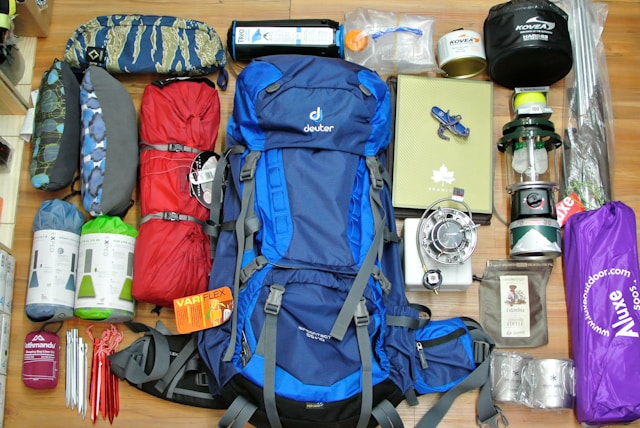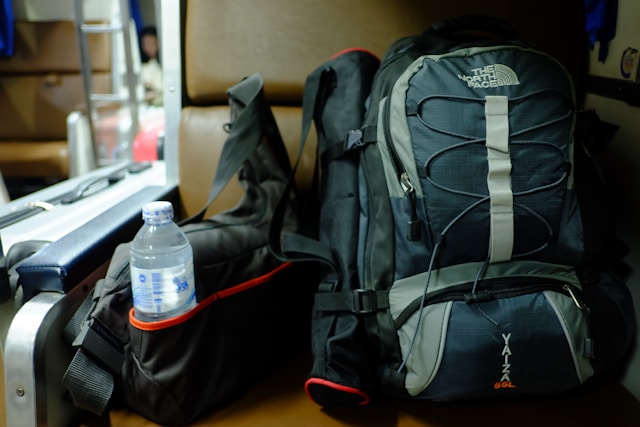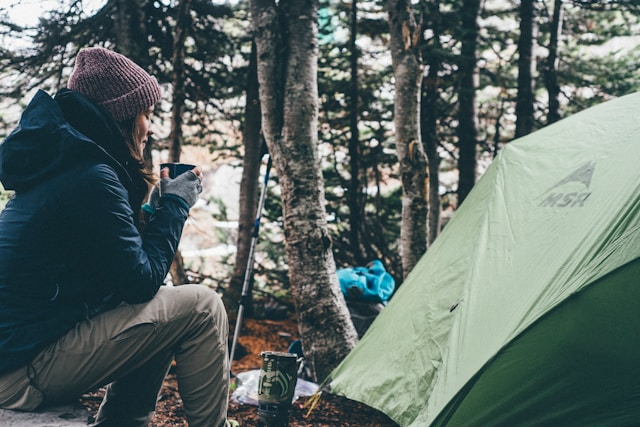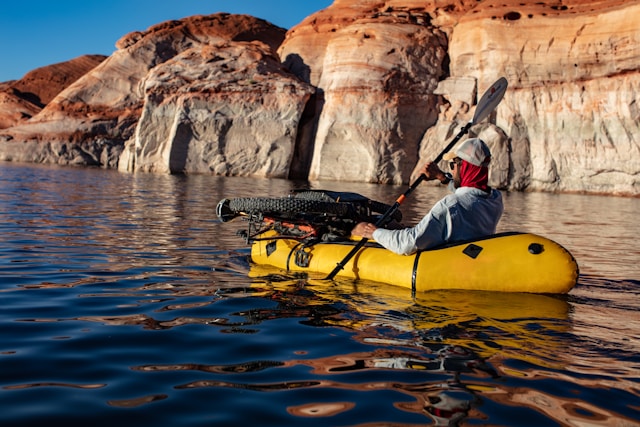Hey everyone, Anya here! So, you’re thinking about packrafting? Awesome! It’s seriously one of the coolest ways to explore the backcountry. But before you head out, you gotta make sure you’re properly equipped. Trust me, I’ve learned the hard way what happens when you’re not prepared. Think soggy socks and shivering nights… not fun!
The Packrafting Essentials
Alright, let’s dive into the nitty-gritty. First things first, you need a packraft, obviously! But it’s not just about grabbing any old inflatable boat. You want something durable, lightweight, and packable (duh!). I’ve seen some folks go cheap on this, and well, let’s just say their trips were cut short thanks to some rather unfortunate punctures. Do your research, read reviews, and invest in a quality packraft. Alpacka Raft is kinda the gold standard, but there are other solid options out there too.
Paddle Power
Next up: a paddle. Sounds simple, right? Wrong! You’ll be spending a lot of time paddling, so you want something lightweight and comfortable. A four-piece paddle is ideal for packability, and I personally prefer carbon fiber for its strength-to-weight ratio. I remember one trip where I used a cheap aluminum paddle… my arms were screaming by the end of the day. Lesson learned!
Staying Afloat (and Alive!)
Okay, this is non-negotiable: a Personal Flotation Device (PFD). No ifs, ands, or buts. Your life could depend on it. Get a comfortable one that fits well and allows for a full range of motion. I’ve seen folks try to skimp on this, and honestly, it’s just not worth the risk. Plus, most guided trips *require* it anyway.
Keeping Your Gear Dry (And Why It Matters)
Let’s talk dry bags. These are your best friends. Seriously. Nothing ruins a trip faster than wet gear. Invest in a variety of sizes to keep your sleeping bag, clothes, and electronics dry. I personally love Sea to Summit dry bags – they’re durable and reliable. I learned this lesson the hard way in Alaska. Let’s just say that waking up in a sopping-wet sleeping bag isn’t exactly my idea of a good time.
Repair is Key (Trust Me on This One)
Things happen. Packrafts can get punctured, paddles can break… it’s all part of the adventure. That’s why a good repair kit is essential. Make sure it includes patches, glue, a multi-tool, and some duct tape (because duct tape fixes everything, right?). I once had to repair a tear in my packraft with duct tape and a granola bar wrapper… it wasn’t pretty, but it got me back to civilization!
Dressing for Success (And Survival)
Clothing is crucial, especially in unpredictable environments. Layers are your best bet. Start with a moisture-wicking base layer, add a fleece or wool mid-layer for warmth, and top it off with a waterproof and windproof outer layer. Don’t forget a hat, gloves, and warm socks. I’m serious, even in summer conditions, the weather can change in an instant, especially up in the mountains. I always pack an extra pair of socks. Seriously, dry socks are a luxury you’ll appreciate more than you know!
A Few Final Thoughts…
Packrafting is an incredible way to experience the outdoors, but it requires careful planning and preparation. Don’t skimp on the essentials, and always prioritize safety. And hey, don’t forget to have fun! If you have any questions or want to share your own packrafting experiences, hit me up in the comments below. Happy paddling!




